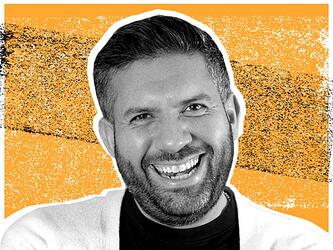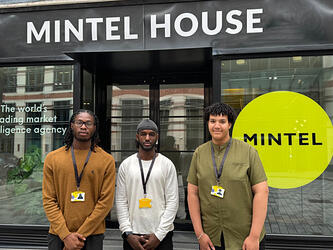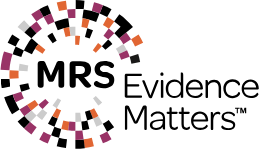Taking a good look at yourself
This challenges us to put aside our faith in an “objective” external observer, and instead to figure out how to embrace and interpret the unique insights that can surface from self-observation. It also forces us as researchers to design mobile ethnography studies that will help people to be mindful, and to remember to chronicle their own lives without the need for constant and annoying reminders.
When an ethnographer is following someone else, their job is to capture key moments and rituals. But being your own ethnographer and being engaged in the moment makes it difficult to remember to step back from what you are doing and capture it. Here are a few tips for how to create and maintain the habit of in-the-moment reporting.
Create assignments that will trigger self-reporting by focusing on emotion. We’ve asked people to take note of things that annoyed them in everyday life. Such a simple question – What annoys you? – generated a wealth of insight, from bad encounters with so-called convenience tools that are actually incredibly inconvenient, to deeply felt values around etiquette and social mores. In another project, we invited mothers to capture all of those moments when they either fervently needed a parenting tip, or had solved a parenting challenge and wanted to share their solution. So again, the trigger was the ‘Help me!’ moment, an instance where stress and urgent need served as the trigger to record.
Encourage participants to be attentive to sound, smells and sensory disruptions. Just as strong feeling is a trigger to recording a moment, so are sensory stimuli. Simply asking people to use the video or image capture capability on their smart phone to show us what they’re seeing and to record the ambient sounds in their immediate environment has the effect of making them more vigilant and observant.
Use mobile ethnography for in-context observations that you could not get any other way. There’s a temptation with mobile devices to ask people to tell you about how or why they bought the device they’re using. But the fact is that you can just as easily capture that information via a discussion or a survey – it need not be a real-time input, and the answers will probably be more in-depth if the respondent isn’t constrained by the annoyance of typing on a smart phone. On the other hand, to have people chronicle their app usage over the course of day (either by self-reporting or via one of the mobile metering apps that are now available) and have them tell you why they used that app is a great use of mobile research because it’s in-the-moment. Similarly, asking people to take a mobile survey while in the grocery store about why they prefer Brand A over Brand B may simply yield shorter, more superficial answers than you’d achieve by other means. Instead ask them to show you what’s capturing their attention in-store, or to chronicle all of the impulse purchases they’re making and why.
Help participants chronicle a process. The heart of ethnography is often chronicling and interpreting processes and rituals. We’ve found that if you provide an assignment with minimal structure to it, community members can quickly and easily do this themselves. On a shopping trip, we asked people to simply tell us four things in real-time: What section of the store they’ve gone to first (in essence, what their intention is), what’s caught their attention there, what they’re considering buying, and what, if anything, they actually buy, and why. The results from this project read like great haikus, telling us clear, evocative stories about the environment, the social and emotional challenges, aspirations and financial realities.
Invite participants to reflect on their own routines and rituals. By asking people to first record, then reflect, you get not only top-of-mind, in-the-moment experiences, but deep, iterative insight. Reflection is not anathema to good research. It enhances it.
Julie Wittes Schlack is senior vice president of innovation at Communispace

We hope you enjoyed this article.
Research Live is published by MRS.
The Market Research Society (MRS) exists to promote and protect the research sector, showcasing how research delivers impact for businesses and government.
Members of MRS enjoy many benefits including tailoured policy guidance, discounts on training and conferences, and access to member-only content.
For example, there's an archive of winning case studies from over a decade of MRS Awards.
Find out more about the benefits of joining MRS here.













0 Comments